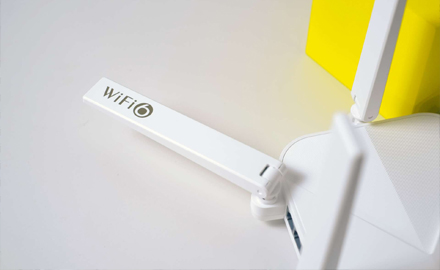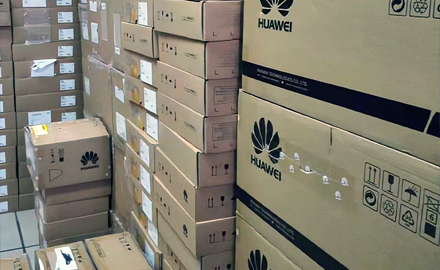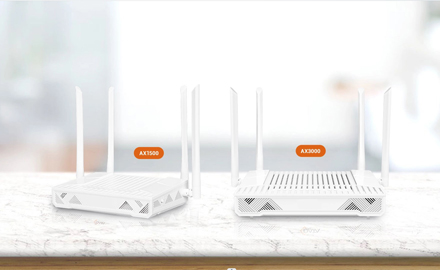10G-PON is a 10G passive optical network, and the optical fiber link transmission rate can reach 10Gbps. According to ZTE's report, as of June 2023, global 10G PON shipments have exceeded 30 million PON ports, of which China's market share accounts for approximately 80%. The widespread deployment of 10G PON in the Chinese market has significantly promoted the maturity of the 10G PON industry chain and reduced costs.
There are two routes for 10G PON, 10G EPON and 10G GPON. 10G GPON is divided into XG-PON (asymmetric) and XGS-PON (symmetric). 10G EPON is mainly shipped to a few countries such as China and Japan, and other overseas countries. Optical fiber access all uses the GPON route. In 2020, the OLT port shipment data of 10G GPON will exceed that of 10G EPON.
10G PON can be regarded as the second generation of PON technology development. The third generation PON technology enters 50G PON and has two technical directions: one is to increase the single wavelength rate, and the other is to increase the total rate through multi-wavelength multiplexing. Based on this background, Two solutions have emerged: the IEEE-led 25G/50G solution and the ITU-led single-wavelength 50G TDM PON solution.

IEEE took the lead in launching the standard formulation of the next generation PON technology after 10G PON. A single optical fiber supports 25Gbps downlink rate, 10Gbps/25Gbps uplink rate, and is compatible with 10G EPON. For 50Gbps bandwidth requirements, multi-wavelength superposition technology and channel bonding technology are used to provide two 25Gbps channels to achieve a 50Gbps rate. IEEE launched the formulation of the 50G PON standard in 2018. In September 2021, the first version was officially released. In September 2022, the first revision of the 50G PON standard was agreed, adding technical specifications for symmetrical 50G PON and supporting three generations of coexistence. (50G PON, 10G PON and GPON coexist at the same time).
The ITU has adopted 50G PON technology with a single-channel rate of 50Gbps, which is expected to be commercially available in 2025. ITU-T/FSAN also started the development of standards based on single-wavelength 50G PON in 2018. The first version of the standard was released in September 2021, and the standard was supplemented in February 2023, adding technical specifications for symmetrical 50G PON, and supporting GPON and 10G Characteristics of the coexistence of three generations of PON and 50G PON.
With the formulation of standards by the two organizations, the standard framework of 50G PON is gradually being established. Judging from current progress, it is expected that 50G PON will have commercial deployment capabilities in 2025, and before this time, 10G PON technology will also be deployed on a large scale, laying a solid foundation for the subsequent smooth evolution to 50G PON. And in the evolution of the network, in order to meet the networking needs of different services, 10G PON and 50G PON will coexist for a certain period of time. For this reason, operators can maximize the use of existing network resources and save upgrade and evolution costs.
During the formulation process of the ITU-T high-speed PON standard, big T players from North America, Europe and Asia actively supported and participated in the 50G PON standard, such as AT&T, Verizon, Orange, Vodafone, China Telecom, China Mobile, China Unicom, NTT, etc. . Operators (China Telecom, China Mobile, China Unicom) that have deployed about 70% of the world's PON networks have chosen 50G PON as the next generation. In addition, more and more mainstream operators in the industry support 50G PON. Major operators such as Telefonica, Swisscom, and Orange have expressed support for the latest 50G PON standard and plan to upgrade to 50G PON as soon as possible.
In its latest forecast for next-generation PON transceiver sales in 2025, LightCounting mentioned that in terms of total PON sales share, 10G-PON will dominate in 2023-2024, and by the end of the forecast period, 25G and 50G will Occupying a larger share, the sales volume of 50G PON will greatly exceed the sales volume of 25G PON, because 25G PON has more of China as its main market.
Dell'Oro Group also predicts that total 50G PON equipment revenue will grow from less than US$3 million to US$1.5 billion from 2023 to 2027.
 The Difference Between AX1800 ONU and AX3000 ONU
The Difference Between AX1800 ONU and AX3000 ONU
 How are Huawei OLTs Classified?
How are Huawei OLTs Classified?
 The Future Trend of Optical Line Terminals (OLTs)
The Future Trend of Optical Line Terminals (OLTs)
 The Difference Between ONU and ONT
The Difference Between ONU and ONT